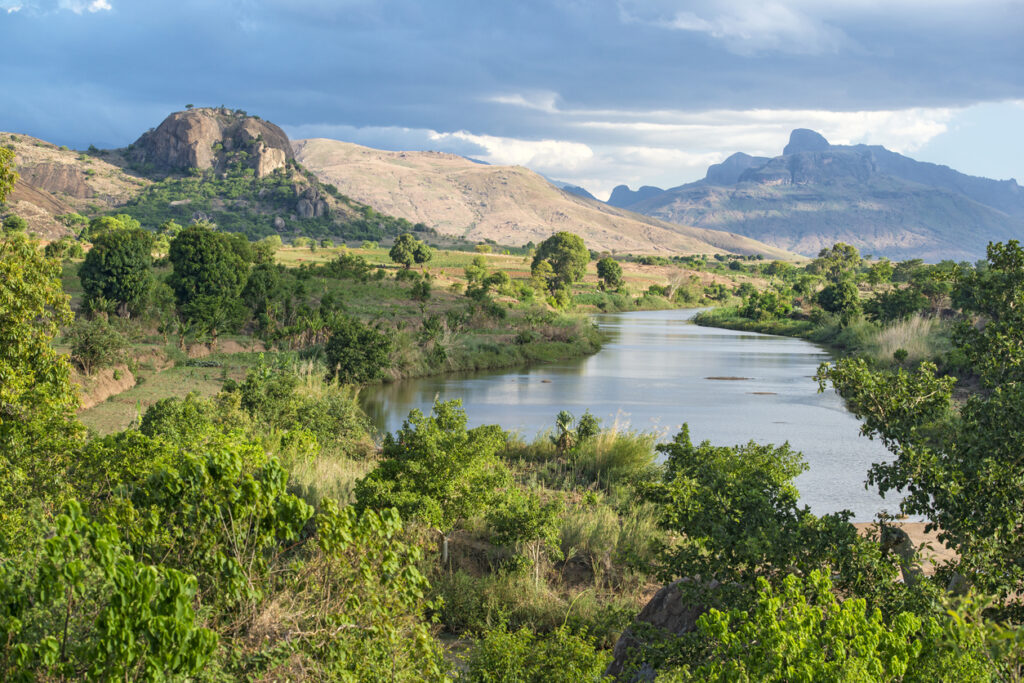The world’s ecosystems are a delicate balance, designed to create a sustainable habitat for the earth’s animals, plants and other organisms. Without these ecosystems, our planet’s species wouldn’t be able to thrive.
With that in mind, the world’s biodiversity is an incredibly important element. Here, we’ll explore the meaning of biodiversity, what it means for our planet and what would happen without it.
What does biodiversity mean?
Biodiversity refers to the variety of plant and animal life in a particular habitat, which also includes the likes of bacteria and fungi. Having a rich biodiversity is typically favoured because it helps ecosystems to evolve and survive. Every species, even the smallest, work together in order to maintain the balance of life in its ecosystem.
The role of biodiversity supports everything in nature, including food sources, water and even the ability to create medicines.
Why is biodiversity so important?
The higher the biodiversity of an ecosystem, the better the conditions are for things like plant growth, which is essential for our world to survive. With so many species still to be discovered throughout the world, it’s important to be aware of just how much we rely on biodiversity.
For example, pollinators like birds, bees and other insects are responsible for around a third of the world’s crop production. Agriculture as a whole is incredibly reliant on insects to maintain the health of the soil. When it comes to plant life, many wetlands and grasslands naturally slow down the flow of water and help the soil absorb rain, not to mention trees and plants, cleaning the air and absorbing carbon dioxide.
As well as biodiversity itself, scientists also consider species richness when it comes to understanding just how varied an ecosystem is. This is the number of different species existing within one ecosystem. A single population of one species is at a higher risk if a change in the environment occurs, but a more diverse population of different species has an increased chance of having some species that are able to adapt.
When an area has a high level of biodiversity, it is known as a hotspot, with examples including Madagascar and the 3 main islands of New Zealand, which are the North Island, South Island and Stewart Island.

What happens if biodiversity decreases?
The reduction or loss of biodiversity could have huge implications for our planet’s future. This happens when species disappear completely, or there is a decrease of species in an area.
Even the loss of one species can cause a trophic cascade and have a wider impact on the planet. It can affect the wider food chain, as well as affecting the day-to-day functionality of that ecosystem.
For example, kelp forests along the Pacific Coast play a huge role in providing shelter for other species, as well as protecting the coastline from storms. These kelp forests are eaten by purple sea urchins, which in turn are eaten by California sea otters, whose numbers have drastically reduced. Sunflower starfish also eat purple sea urchins, but their numbers have been impacted because of a virus accelerated by warmer water. This means the purple sea urchins were free to decimate the kelp forest, which declined by 93% between 2013-2018 (source: https://news.climate.columbia.edu/2019/03/26/endangered-species-matter/).
What are some of the reasons for biodiversity loss?
The rate of biodiversity across the world has always fluctuated, with mass extinction events having already happened over the course of the Earth’s history – including the dinosaurs. However, humans are disrupting the balance more frequently, with some of the biggest causes of biodiversity loss including our influence on the climate.
The leading causes that create biodiversity loss or decrease includes:
- Changes in land use – such as deforestation and urbanisation
- Exploitation – which can include hunting and over-fishing
- Pollution
- Climate change
These threats to biodiversity can also speed up the rate of extinction. Scientists have estimated that around 1 million species are on the brink of becoming extinct. This is why conservation efforts are so important.
The biodiversity index
Scientists measure biodiversity using the biodiversity index. This helps to better explain how many different species exist in an environment and highlights just how important it is to protect both biodiversity and species richness.
You can use the following formula to work out the biodiversity index of an area:
Number of species in the area (÷) by total number of individuals in the area = biodiversity index
It should give you a number between 0 and 1, with 0 indicating a low biodiversity and 1 indicating a high biodiversity.
Download our activity sheet to work out the biodiversity index in our example of a marine habitat, and see for yourself!
